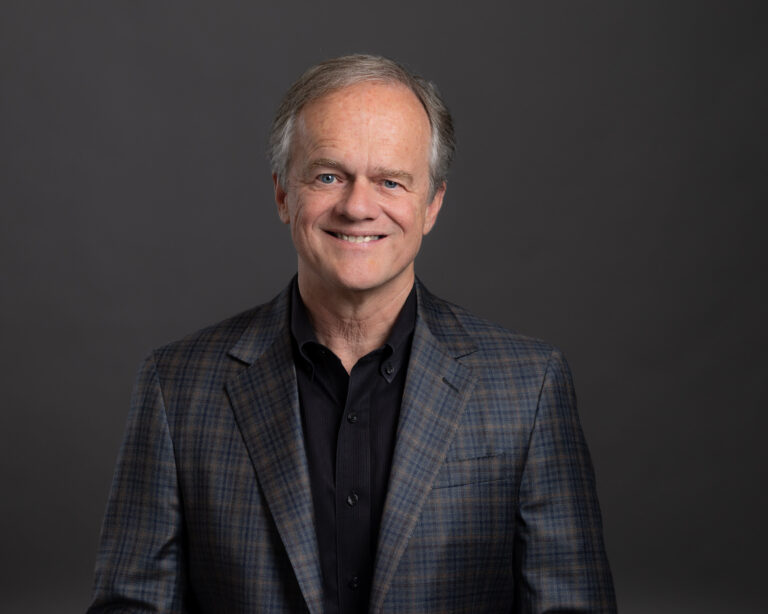
As I wrote almost two years ago in our September 2022 issue, I’ve always been a fan of Mike Rowe’s Dirty Jobs show. The quasi-reality series places the host in a variety of jobs — most of them involving hard work and filth — to give viewers a behind-the-scenes look at underappreciated roles that keep the world turning. The show, by simply existing, invites the rest of us to give more thought to this kind of work and the people who do it.
In that same issue, I also wrote about having visited Yamaha’s Precision Propeller operation in Indiana. I had virtually unlimited access to the factory’s processes, many of which involved sparks, molten metal and extreme heat. Despite robotics and automation, much of the work done at the factory still involves skilled hands for tasks that today’s best machines can’t master.
I thought about those workers this month when I visited Marine Concepts in Sarasota, Fla. This company, from digital ones and zeros, builds thousands of fiberglass and composite tooling parts for the boating industry each year — most notably, hull and deck molds for the boatbuilding trade.
The operation relies heavily on high-tech, five-axis CNC mills that take digitized plans and turn them into complex tooling shapes from large blocks of expanded polystyrene foam. Watching the machines do their work on a huge scale is mesmerizing, but there are still a lot of steps in the mold-making process that machines haven’t mastered. Most notably, they don’t have the sensitive eye-hand feel and touch that only humans can wield to spot and correct defects with sandpaper and polishing compound.
I also spotted some of this analog handcrafting at Perko’s sprawling facility in Miami earlier this year. At that factory, an army of workers hand-polishes hundreds of thousands of metal parts each year. Machines have only mastered a small portion of the finishing work required to make Perko’s products shine.
The folks at Teak Isle, a large OEM components manufacturer and retailer, also have multiple CNC mills churning out rough-cut parts, but the company still relies heavily on human eyes and hands to do the finish work needed to make products shine in challenging marine environments.
You’re likely seeing a Dirty Jobs theme here.
During the past two years, we’ve worked hard to recognize the folks in the trade who do the difficult, unglamorous work that is often involved not only in building boats, but also in manufacturing the thousands of pieces and parts that go into each hull that hits the water. Visit a fiberglass lamination facility in Florida in August or a die-cast metal operation most any time of the year, and you’ll see folks working in extremes that require, well, a special kind of tough. These people deserve our admiration and respect.
I always wonder, aside from necessity, why people would sign up for the kinds of jobs that make most of us sweat just thinking about them. Most workers are too busy for questions when I visit a facility, but a few have told me what they like about their jobs: being a part of something bigger; knowing the products they build end up swimming in the larger recreational-boating product pool; satisfaction in creating something with their hands; and having a skill that not many other people possess.
Of course, many also tell me the working conditions are hard. However, that doesn’t keep them from coming to work every day — some of them again and again during the course of careers that span decades.
My latest visit to a factory happened in late June at the aforementioned Marine Concepts, where summertime heat highlighted the hard work within the factory walls. Whether sanding or polishing or laying up tooling gelcoat and fiberglass, the Marine Concepts team showed a lot of pride in workmanship in creating tooling that can sometimes cost customers more than $1 million. You can read all about the operation on Page 30.
I hope you’ve enjoyed our increased, in-depth coverage of these factories the past two years. The facility visits were unthinkable only a couple of years ago during the last throes of the pandemic, but we’re now enjoying connecting in person with the industry. There’s more on the way.
As my boss says, “Good things happen when we’re out in the field.” From the relationships we kindle to the eye-opening things we see, I couldn’t agree with him more.
This article was originally published in the August 2024 issue.












